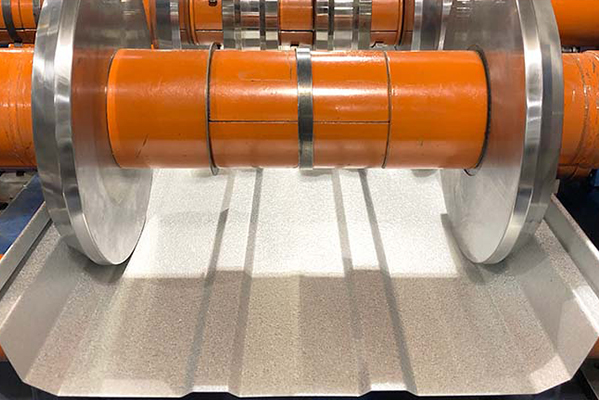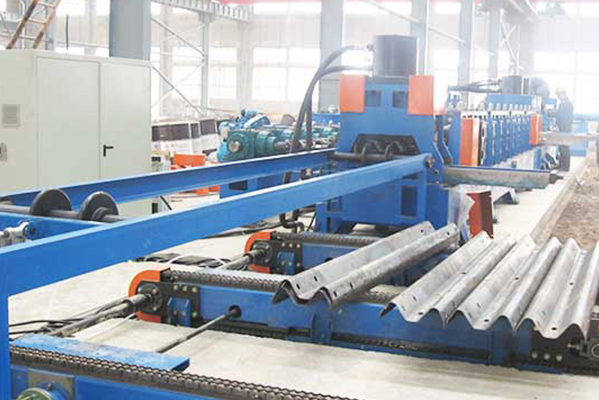Navigation Menu
Contact Us
- Email:
- info@wxavatar.com
- Address:
- Yurong Village, Yuqi Street, Huishan District, Wuxi, China.
Release Date:Apr 28, 2025 Visit:47 Source:Roll Forming Machine Factory
Roll forming is a continuous metal forming process that transforms flat metal strips or coils into desired cross-sectional profiles by passing them through a series of rolling stations. This method is widely used in manufacturing due to its efficiency, precision, and ability to produce complex shapes with consistent quality. The theory behind roll forming involves principles of metal plasticity, mechanical deformation, and process optimization.

Fundamental Principles
Material Deformation Mechanics
Roll forming relies on the plastic deformation of metal. As the strip passes through successive pairs of rollers, it undergoes incremental bending and shaping without significant changes in thickness. The process must maintain a balance between applied forces and material properties to avoid defects such as edge waves, buckling, or cracking.
Progressive Forming Stages
The forming process is divided into multiple stages, each contributing to the gradual shaping of the metal. Early stations introduce slight bends, while later stations refine the profile to the final geometry. Proper sequencing ensures smooth transitions and minimizes residual stresses.
Springback Compensation
Due to the elastic recovery of metals after deformation, springback must be accounted for in roll forming. Tooling designs often incorporate overbending techniques to achieve the desired final shape accurately.
Key Process Parameters
Roller Design: The geometry and alignment of rollers determine the final product shape. Precision machining ensures consistent forming.
Line Speed: The speed at which the metal strip moves through the rollers affects production efficiency and forming quality.
Material Properties: Thickness, ductility, and strength influence the forming process and tooling requirements.
Applications
Roll forming is utilized in various industries, including:
Automotive components
Construction materials (e.g., roofing, framing)
HVAC ducting
Industrial shelving and storage systems

Conclusion
The theory of roll forming combines mechanical engineering principles with practical manufacturing techniques to produce high-quality metal profiles efficiently. By optimizing tooling design and process parameters, manufacturers can achieve precise and repeatable results. This method remains a cornerstone of modern metal fabrication due to its versatility and cost-effectiveness.